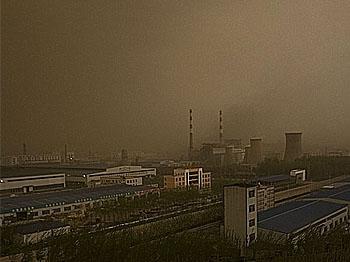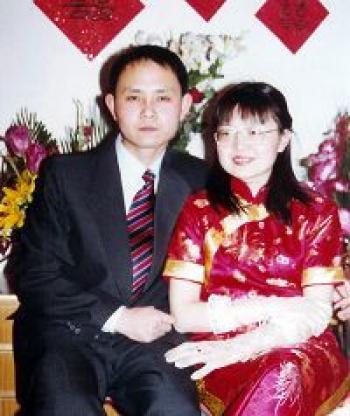Hong Kong’s Security Bureau said Tuesday that a small radioactive leak occurred at a nuclear power plant in southern China’s Guangdong Province near Hong Kong last month. But China Light & Power (CLP) Hong Kong Limited, a partial owner of the plant, rejected the report on the leak, stating instead that there was a minor rise in the radioactivity of cooling water at the station.
The statement by the Security Bureau on Tuesday came in response to an incident report by US-based Radio Free Asia (RFA) on Monday.
RFA said that an abnormal situation was observed on May 23 at unit 2 of the Guangdong Daya Bay Nuclear Power Station in Shenzhen City. The Power Station is located about 50 km (30 miles) north of Hong Kong and 1 km (0.62 mile) southwest of Ling'ao Nuclear Power Station. The majority of electricity generated by the two plants goes to Hong Kong.
RFA quoted a source at the annual meeting of Daya Bay and Ling'ao’s Nuclear Safety Consultative Committee as saying that “radioactive iodine and noble gas” were at high levels around Daya Bay.
The report also said that a large amount of radioactive iodine was released into the air, threatening public safety. It said the high-level plant officers had kept the incident secret and only sent a delayed report to Beijing authorities.
According to a report by the Associated Press (AP), CLP denied that a radiation leak occurred at Daya Bay. CLP said the reactor’s cooling water is completely sealed and isolated from the external environment, adding that a task force comprising nuclear experts has been formed to conduct an investigation.
CLP also said the incident “does not cause any release of radioactivity to the public, nor does it cause any pollution of the environment or jeopardize public health.”
The RFA report revealed that the plant uses China-made military fuel rods in the reactor, instead of high quality French products.
However, CLP managing directory Richard Lancaster told Ming Pao that the plant has been using the French-made fuel rods since its operation in 1994. He said one possible cause [for the leak] could be imperfect seals on one of the 41,000 fuel rods inside the reactor.
According to Reuters, activists in Hong Kong have questioned the safety of the facility comprising two nuclear reactors with an installed capacity of 1968 megawatts, 70 percent of which is delivered to Hong Kong.
Reuters quoted Hong Kong’s Security Bureau as saying that the Hong Kong Observatory’s radiation monitoring stations had not registered any unusual radiation levels since May 23. The bureau said it would study the incident further and follow up with CLP.
Read the original Chinese article.


